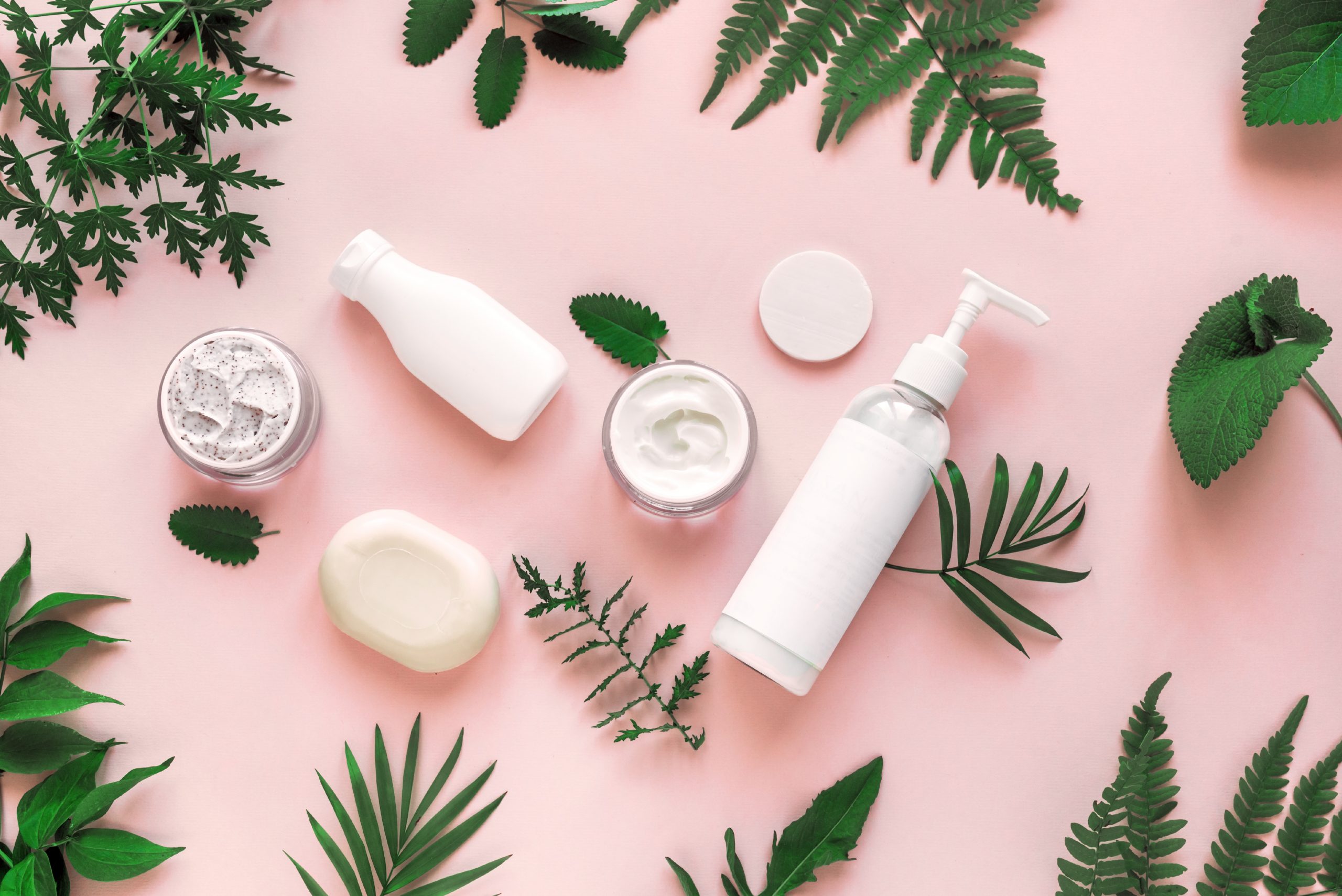Beauty trends come and go. So if it seems like every season brings a new skincare or beauty trend, your mind isn’t playing tricks on you. From sustainable, clean beauty to skin slugging (that’s not a typo!) and everything in between, these are the biggest of-the-moment trends you’re bound to see everywhere if you aren’t already.
- The Return of Retinol
Not that retinol ever really disappeared, but the vitamin A-derived ingredient is experiencing a major resurgence. In years past, prescription-strength retinoids, namely Retin-A, were thought to be relegated to pimply-faced teenagers–but that’s no longer the case. Instead, retinol is a favorite among dermatologists, a mainstay ingredient in everything from wrinkle-reducing serums to body firming lotions and eye creams, too, to prompt new collagen, speed up cell turnover, and create skin that’s more resistant to aging.

- Press Preserve on the Skin’s Microbiome
The skin barrier is the gatekeeper of retaining moisture and keeping everything detrimental out. But a healthy skin barrier isn’t always easy to achieve. And that’s where probiotics and fermented ingredients—think kombucha—come into play. These ingredients limit irritation and damage on the barrier with actives that repair and soothe the skin. Think of it this way: the more layers of skin-stripping products on the skin, the less the skin can protect itself, making it easy for water to escape. Transepidermal water loss causes the skin to become dull, dry, red, irritated, and prone to breakouts.
Reinstating the skin barrier allows it to better tolerate more potent skincare ingredients, like retinol and exfoliating agents, which help ward off the signs of aging. To restore a damaged or weakened barrier, look for products rich in fatty acids, ceramides, prebiotics, probiotics, and postbiotics.

- Waterless, Wasteless Beauty Products
Sustainability and a move towards less waste are top of mind for everyone these days. So, one of the newer innovations you’re bound to see more of is waterless products. But, what exactly is a waterless product considering that most formulations count water as a necessary ingredient?
Waterless beauty looks to botanical ingredients and oils to serve as the formulation’s base and replace water. Not only are these iterations more Earth-friendly by reducing water consumption, but they’re also free of preservatives and a bit more potent, so you’re getting more out of your products.

- Dewy, Glowy, Super Hydrated Skin is In
Tik Tok is responsible for many skincare trends, like the popular movement of slugging which involves slathering the face in petrolatum-based ointments, like Vaseline, to create super hydrated skin.
Slugging, which works well for dehydrated skin, locks moisture in by creating a layer of sorts on the outermost layer of skin to prevent transepidermal water loss. As a result, the skin stays plump, bouncy, soft, and well moisturized. But here’s the thing to know: not all skin types are compatible with slugging, especially if you are prone to acne since the ointments may occlude the skin and lead to blocked pores.
- Inflammaging Skincare Products
Inflammation is to blame for age-related damage head to toe. Caused by factors like environmental damage, a pro-inflammatory diet, and free radicals, inflammation breaks down collagen and elastin, both of which are necessary for plump, youthful-looking, and resilient skin. As a result, there’s currently an uptick in anti-inflammatory skincare products, also known as inflammaging skincare, which is kinder to the skin. These products use antioxidants and other anti-aging ingredients to limit inflammation-related stress for less evident signs of aging.
- Blue Light Protection
Blue light is all around us. This high energy visible light (HEV) is emitted from digital devices and TV, computer, and smartphones screens, and there’s no way of escaping it. Like how sunlight breaks down collagen and elastin within the skin and speeds up the aging process, so does blue light. It, too, is responsible for premature aging, fine lines and wrinkles, and hyperpigmentation and can cause serious impairment to the eyes. So, while it’s unrealistic to stop using every tech device, it’s more sensible to incorporate products that protect against blue light exposure.
Antioxidant- and vitamin-rich products, specifically those that are chock full of vitamin C and niacinamide, are effective against blue light. Unfortunately, traditional sunscreens only protect against UVA and UVB rays, so the standard white SPF formulation probably won’t do all that much. But it’s believed that tinted sunscreens offer better blue light protection.

- Supercharged Scalp care
Ever since women became more vocal about thinning hair and hair loss, there’s been a shift in how we treat our scalps and hair. The scalp was an afterthought in years past, and using scalp-specific products was unheard of. But all of that is changing with the skinifcation of the scalp and education surrounding our scalp care regimens.
Scalp health is becoming part of daily haircare practices with products that exfoliate to remove buildup and debris, serums that flood the scalp with nutrients and vitamins that promote circulation and healthy hair growth, and hydrating serums to fight the effects of dandruff and flakiness. It all makes perfect sense, too—the scalp is an extension of the skin, which deserves the same TLC since we put so much stress on our hair.

Written by Elise Minton Tabin




